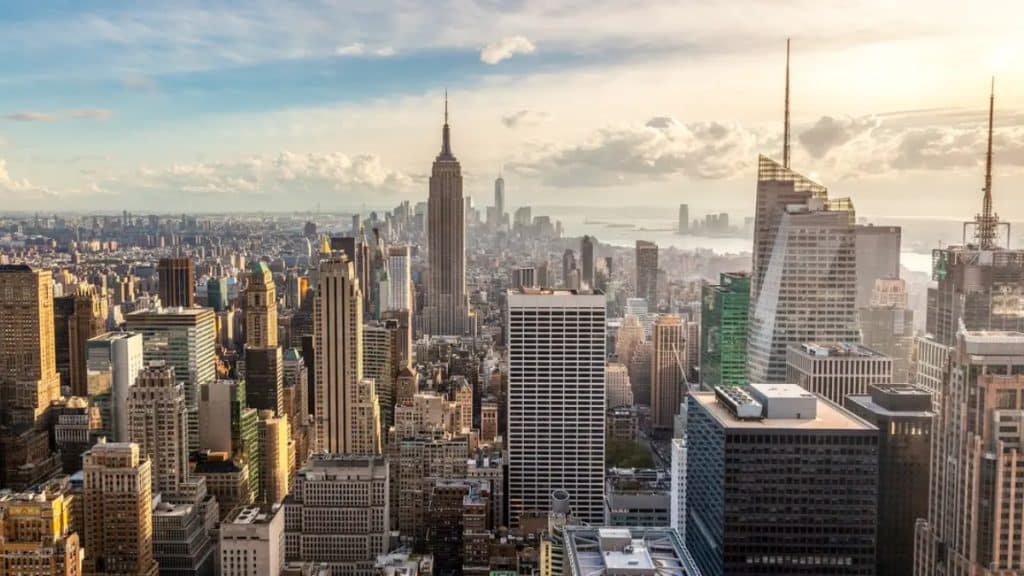New York City is a world of its own. It’s one of the most linguistically diverse places on the planet. More than 200 languages are spoken across its five boroughs. This diversity reflects the city’s immigrant history and its role as a global hub.
But what are the most spoken languages in New York City? Let’s take a closer look at the languages that shape life in this incredible metropolis.
English is the main language, but not the only one
It’s no surprise that English is the primary language in New York City. It’s used in schools, government offices, and most workplaces. For many, English is the language of daily communication.
But here’s the thing—nearly half of New Yorkers speak a language other than English at home. This makes New York a bilingual or even multilingual city for millions of residents.
Spanish is the second-most spoken language
Spanish is everywhere in New York City. With a large population of immigrants from countries like the Dominican Republic, Mexico, Puerto Rico, and Ecuador, Spanish is the second-most spoken language in the city.
Walk through neighborhoods like Washington Heights, Corona, or the South Bronx, and you’ll hear Spanish being spoken. Many businesses cater specifically to Spanish-speaking customers. Even city services provide translations and assistance in Spanish.
For English speakers living in New York, learning Spanish can be a smart move. It helps you connect with neighbors, coworkers, and the city’s culture. If you want to start, finding a Spanish tutor can make the process easier and more tailored to your needs.
Chinese
Chinese, especially Mandarin and Cantonese, is another major language in New York. The city has several bustling Chinatowns, including in Manhattan, Flushing, and Sunset Park. These neighborhoods are hubs of Chinese culture, food, and commerce.
Mandarin is growing in popularity as more immigrants from mainland China settle in the city. Cantonese, traditionally spoken by immigrants from Hong Kong and southern China, remains strong as well.
For anyone working in fields like hospitality, retail, or healthcare, learning some basic Chinese phrases can go a long way. It shows respect and helps build trust with Chinese-speaking communities.
Other major languages include Russian and Bengali
New York City is home to a large Russian-speaking population. Many Russian immigrants live in neighborhoods like Brighton Beach in Brooklyn, often referred to as “Little Odessa.” Here, you’ll find Russian restaurants, shops, and cultural events that keep the language alive.
Bengali is another language that’s becoming more prominent. With a growing Bangladeshi community in areas like Jackson Heights and Kensington, Bengali is now one of the most spoken languages in the city.
These communities contribute to the city’s unique character. Whether it’s celebrating Bengali New Year or enjoying Russian cuisine, the diversity of languages adds to the richness of life in New York.
Korean, Arabic, and Haitian Creole
Korean-speaking communities are thriving in neighborhoods like Flushing and Bayside. You’ll find Korean markets, restaurants, and churches that cater to this population.
Arabic is also widely spoken, particularly in areas like Bay Ridge, which has a strong Middle Eastern presence. From Lebanese bakeries to mosques, the influence of Arabic-speaking communities is clear.
Haitian Creole is common in parts of Brooklyn and Queens, where Haitian immigrants have settled. This language, rooted in French and African influences, is a vital part of the city’s linguistic tapestry.
Why is New York City so linguistically diverse?
New York City’s history as a gateway for immigrants explains its linguistic diversity. Since the late 19th century, waves of immigrants from Europe, Latin America, Asia, and the Caribbean have made the city their home. Each group brought their language, traditions, and culture.
Today, nearly 40% of New Yorkers are foreign-born. This constant influx of people from around the world keeps the city’s linguistic landscape dynamic and ever-changing.
Living in a multilingual city like New York means you’re constantly exposed to different languages. You might hear Spanish on the subway, Chinese in a Flushing market, or Russian in Brighton Beach.
For businesses, this diversity is both a challenge and an opportunity. Many companies offer bilingual customer service to cater to their clients. City services, from hospitals to schools, also provide translations and interpreters.
For residents, it’s a chance to learn and engage with other cultures. Whether it’s ordering food in Spanish, greeting a neighbor in Bengali, or understanding signs in Chinese, knowing multiple languages can make life richer.
Should you learn a new language in NYC?
Absolutely. Living in a city like New York is the perfect opportunity to pick up a new language. It not only helps you communicate better but also deepens your connection to the city and its people.
Spanish is a great place to start, given its prevalence. Joining Spanish classes near me can help you learn practical skills that you can use immediately. If you’re interested in another language, consider finding a tutor through platforms like AmazingTalker.
Learning a new language isn’t just about words. It’s about understanding and appreciating the cultures that make New York City unique.
Final thoughts
New York City is a linguistic melting pot. From Spanish and Chinese to Russian and Bengali, the city’s languages reflect its incredible diversity.
For residents and visitors alike, this presents a unique opportunity. By learning one of these languages, you can connect with the people and cultures that make New York special.
